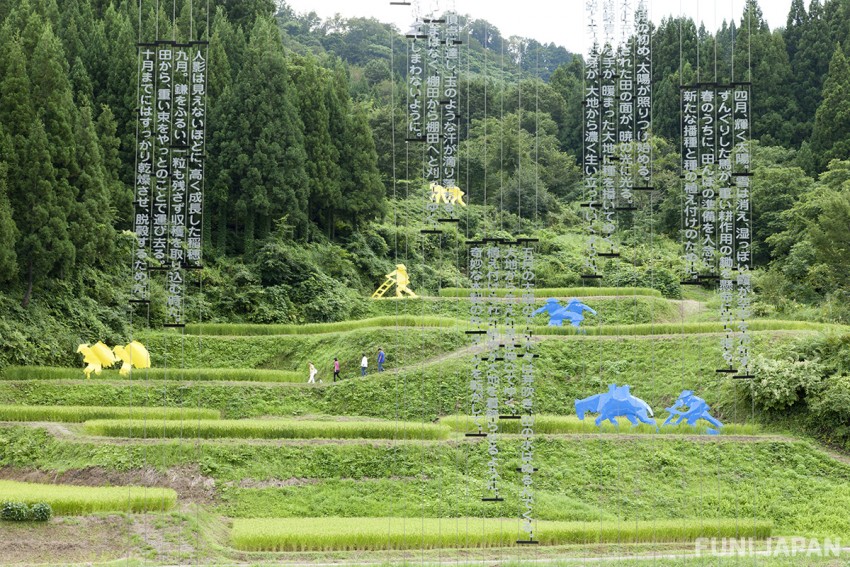
Echigo-Tsumari Art Triennale (大地の芸術祭) is one of the world's largest international art exhibitions that is held once every three years in the Echigo-Tsumari area at the southern end of Niigata Prefecture. During the period, in addition to unique works exhibited indoors and outdoors, various events and performances can also be seen.
About Echigo-Tsumari Art Field
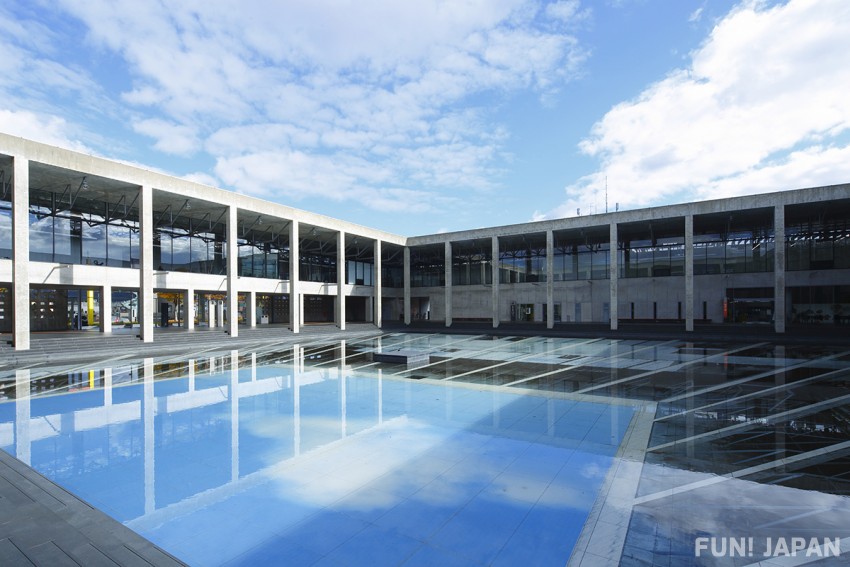
The Echigo-Tsumari Art Triennaleis an art festival that started in 2000 in the Echigo-Tsumari area of Tokamachi City and the town of Tsunan in Niigata Prefecture. The vast area is dotted with about 200 artworks. (As of September 2019)
Even in years when the festival is not being held, the area is open for about 2 weeks each season, and the various facilities offer a series of programs such as special exhibitions, workshops, and events held by artists.
Highlights and Things to Do at Echigo-Tsumari Art Field
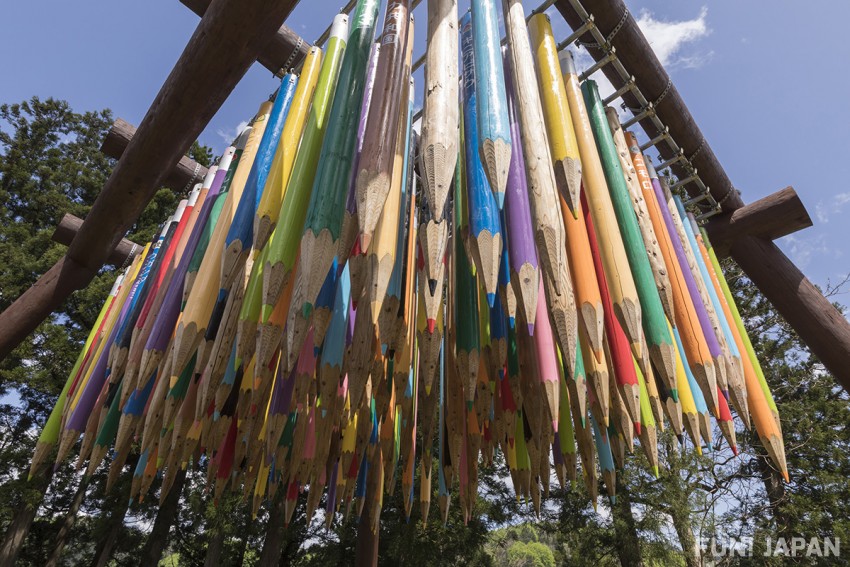
Echigo-Tsumari Art Triennale takes place in six areas: Tokamachi, Kawanishi, Nakasato, Matsudai, Matsunoyama, and Tsunan. We will introduce the features and highlights of each area.
The Tokamachi Area: A Variety of Art Museums
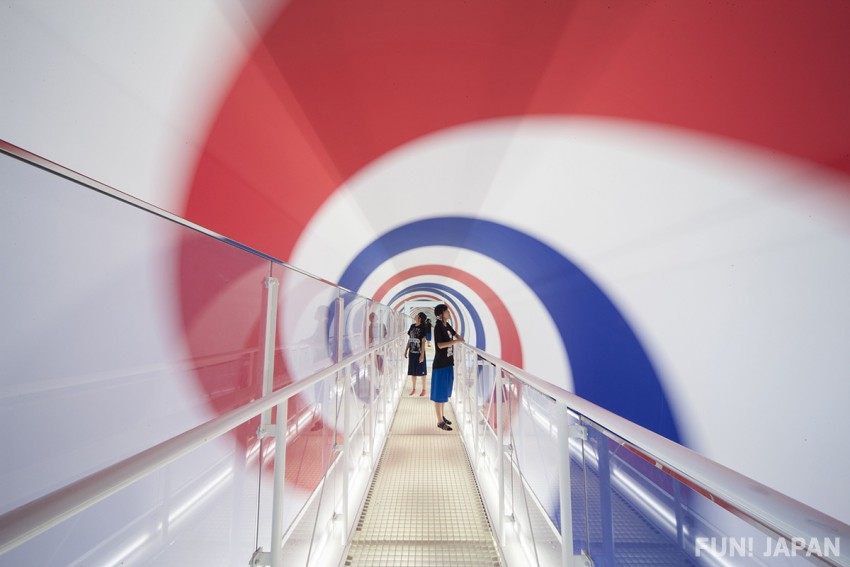
Tokamachi is a prosperous textile and agricultural area that spreads to the east of the Shinano River.
The highlights here are the Echigo-Tsumari Satoyama Museum of Contemporary Art "KINARE" and the “Museum of Picture Book Art”. KINARE is an art museum where you can experience the world of Echigo-Tsumari through many contemporary art works.

Museum of Picture Book Art exhibits colorful art works that represent the world of picture books in an abandoned elementary school.
The Kawanishi Area: James Turrell's "House of Light" and Other Works
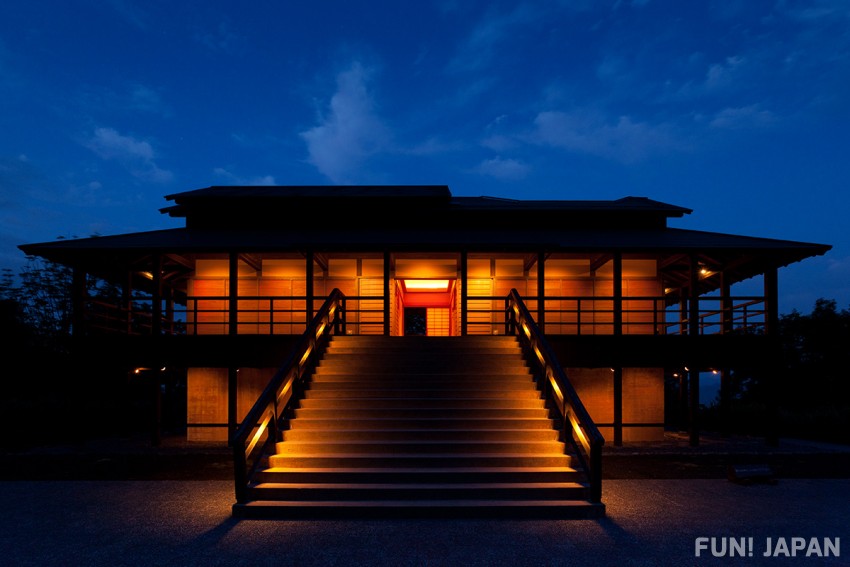
Kawanishi is an area on the west bank of the Shinano River with a beautiful landscape that spreads across the river terrace.
Here, you should visit “Nakago Green Park”, where many of the artworks are concentrated.
Among them, the "House of Light" is a unique work that skillfully incorporates light, and is also used as a hotel. From inside the house, you can see the moving night sky through the ceiling, which slides open. In addition, optical fibers in colors such as red and blue are installed everywhere, creating a fantastic atmosphere.
The Nakasato Area: Highlights Include the "Potemkin" and Works that Stand in Harmony with Nature
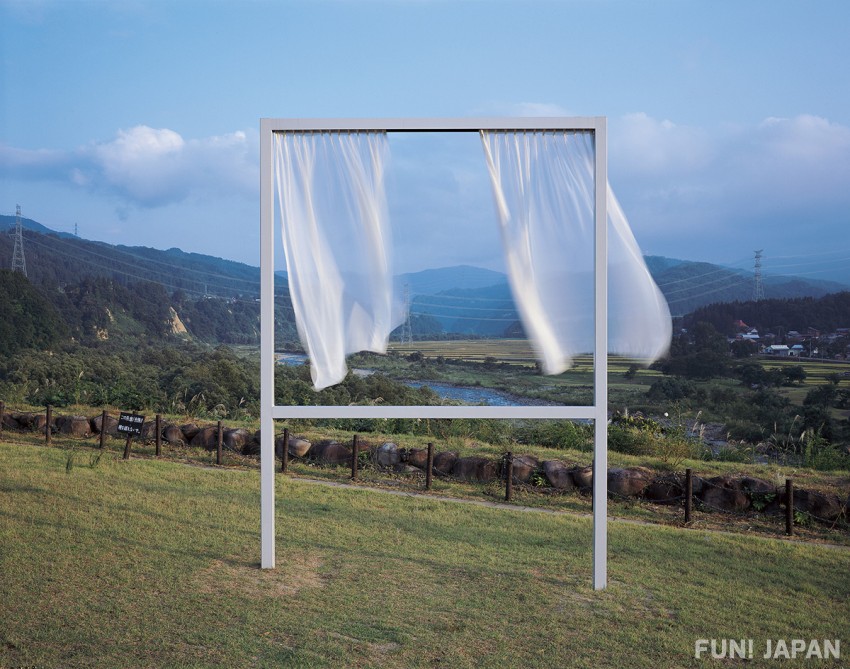
Nakasato is an area blessed with multiple rivers, and especially famous is the Kiyotsu River, which runs through the Kiyotsukyo (gorge), one of Japan's three major valleys.
The highlight here is the contemporary art that blends into the surrounding natural landscape. For example, “Potemkin” is a park where the art is integrated with nature. Playground equipment and benches made of iron and old car tires are lined up in a space enclosed by a fence of corten steel.
One of the artworks, “For Lots of Lost Windows”, consists of just a window frame with a curtain, accentuating the magnificent natural beauty spreading out beyond it.
The Matsudai Area: Home to the Famous "Matsudai NOHBUTAI" and "Shedding House"

Matsudai is a hilly area surrounded by mountains, where you can see the beautiful terraced rice fields called the “Hoshitoge no Tanada”. In addition, the Matsudai NOHBUTAI is dotted with the colorful works of world-famous artists such as Yayoi Kusama, and a house called the "Shedding House", whose walls, floors, pillars, etc. have been carved with a chisel. By the way, you can arrange to stay the night in the “Shedding House”.
The Matsunoyama Area: "The Last Class", “Dream House”and Other Works
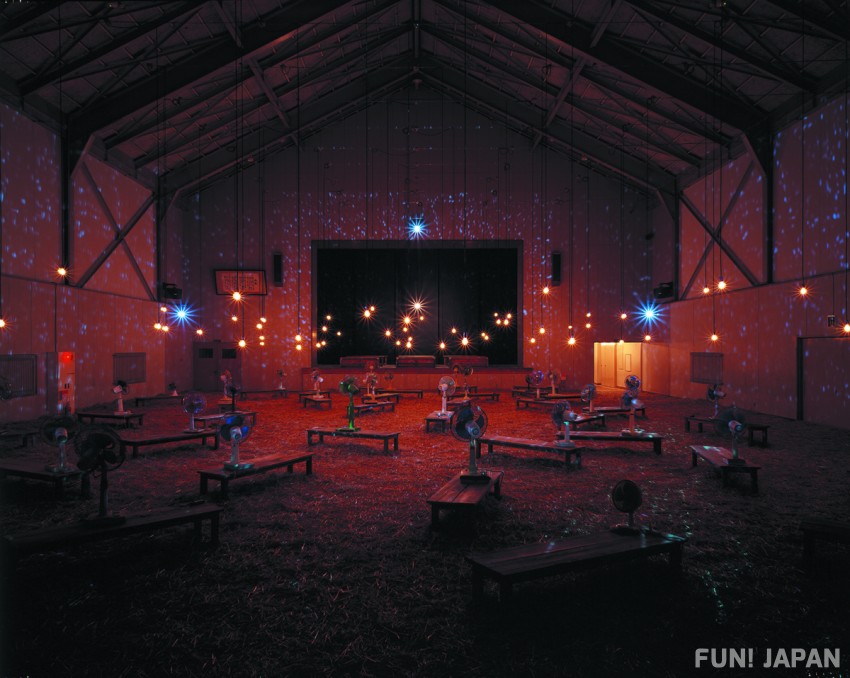
Christian Boltanski+Jean Kalman“The Last Class”Photo by H. Kuratani
Matsunoyama is a hilly area that boasts the heaviest snowfall in Japan, with an altitude of 200 - 600 meters.
Here, we recommend the indoor experiential works. First, "The Last Class” is a work that uses an entire abandoned school building, and the spaces, such as the gymnasium and corridors, are lit with lamps whose light and accompanying darkness leave quite the impression.
"Dream House” is a hotel made from an old private house that offers a unique experience. In red, blue, green, or purple rooms, you can sleep in pajamas also designed by the artist, and write down any dreams you had in the morning.
The Tsunan Area: Outdoor Works with Visual Impact
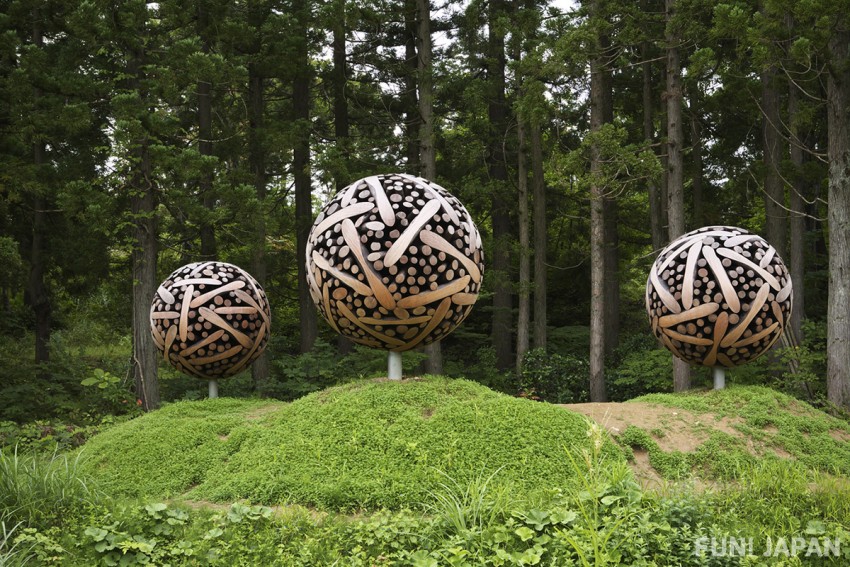
Tsunan is an area with beautiful terraces along the river, and sunflower fields in the summer. There are some unique exhibitions to see in this area.
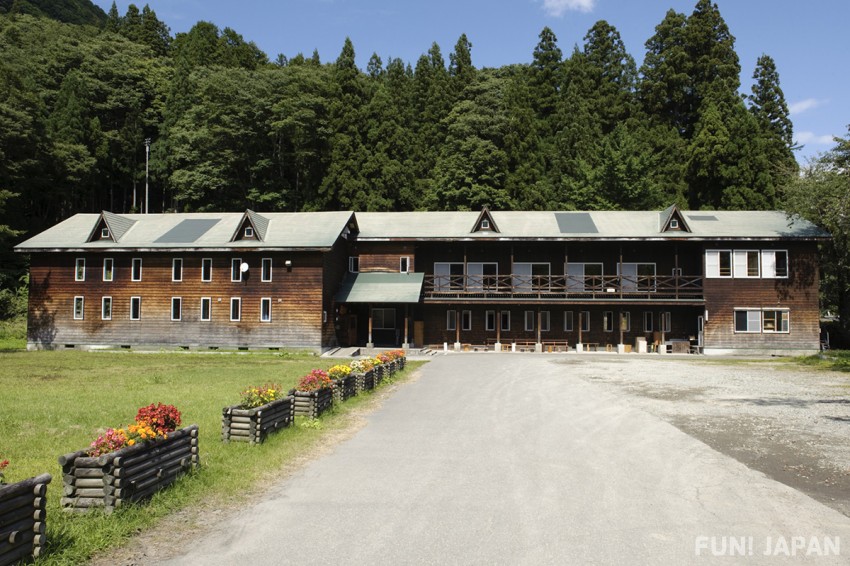
For example, the “Akiyamago Kettou Onsen Katakuri House" is a hotel that has been renovated from a local elementary school. In addition to lodgings, there are also restaurants, hot springs, and scenic spots within the hotel.
A Mystical View! The Tunnel of Light(Kiyotsu Gorge Tunnel)
One of the most famous attractions for Echigo Tsumari. Containing the 5 components of nature: Wood, Dirt, Metal, Fire, and water, it has amazing architecture and creates an artistic atmosphere. In recent years it has become a huge topic on SNS channels. At the end of the tunnel you have what is known as the "Tunnel of Light", with the water reflecting the scenery giving it and half and half visual, together with the shapes of the rocks, luscious green colors, and turquoise water, it pulls you in to an almost magical space. The image of the outside of the cave is reflected by the water, giving the illusion of an infinite scenery of nature. It has become an immensely popular spot for people using Instagram.
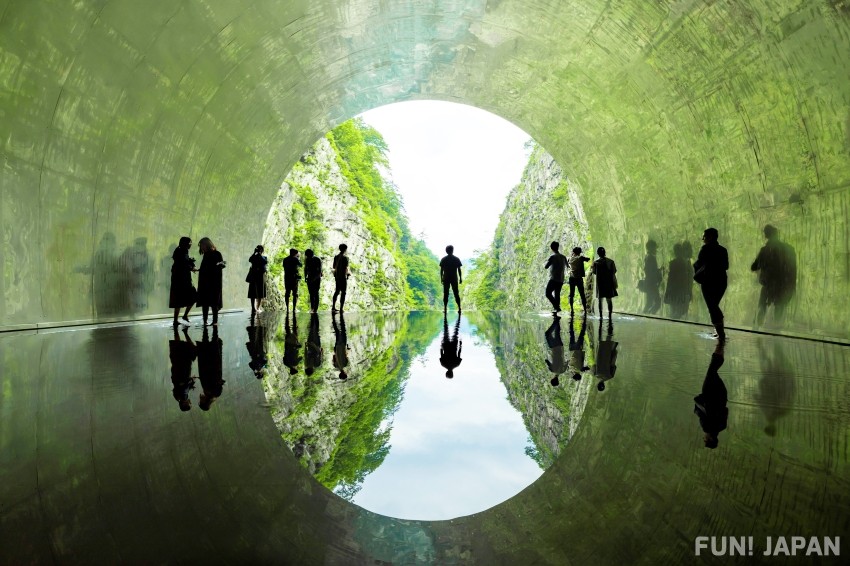
Ma yansong/MAD Architects「Tunnel of Light」Photo by Osamu Nakamura
Dates and Admission Fee of Echigo-Tsumari Art Triennale
The Echigo-Tsumari Art Triennale is held from late July to mid-September, every three years since 2000.
Business hours and fees vary from facility to facility, but if you want to appreciate all the works, it is recommended that you purchase the passport, available for 3,500 yen per adult.
In years when the event is not being held, admission tickets are sold during the seasonal program periods, and cost 2,000 to 2,500 yen per adult. (As of September 2019)
Access to Echigo-Tsumari
If you want to visit Echigo-Tsumari, first go to Tokamachi Station on the Hokuetsu Express Train, which is the gateway to the area. From JR Echigo Yuzawa Station, which is a stop on the Joetsu Shinkansen, take the Hokuetsu Express Hokuhoku Line to Tokamachi Station. It takes about 35 minutes.
Since Echigo-Tsumari is a wide area, from Tokamachi Station on the Hokuetsu Express, choose the transportation method that is needed for your destination, such as trains and taxis. By the way, if you want to look around at just the masterpieces, the schedule is limited, but it is better to use a tour bus, available with a reservation in advance, from JR Echigo-Yuzawa Station.
Spot information
- Spot name:Echigo-Tsumari (Tokamachi Station)
- Street address:Asahi-cho, Tokamachi City, Niigata Prefecture 948-0079
- Access:Echigo Yuzawa Station → [Hokuetsu Express Hokuhoku Line] about 35 minutes → Tokamachi Station
- Wi-Fi:Available (Tokamachi City: There are Wi-Fi access points available, depending on the facility)
- Language:English
- Ticket Purchase:At entrance, convenience stores, Online
- Credit cards:VISA, MasterCard, JCB, AMERICAN EXPRESS, Diners Club International
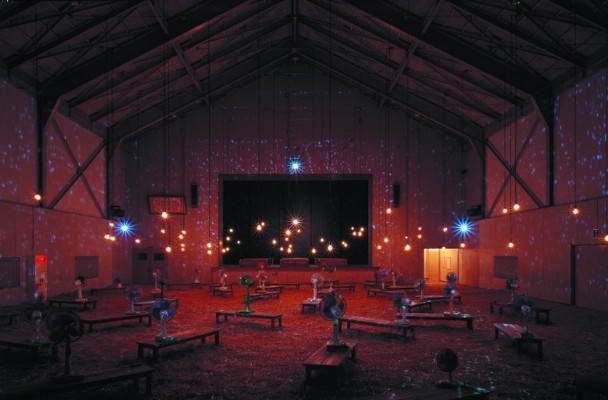
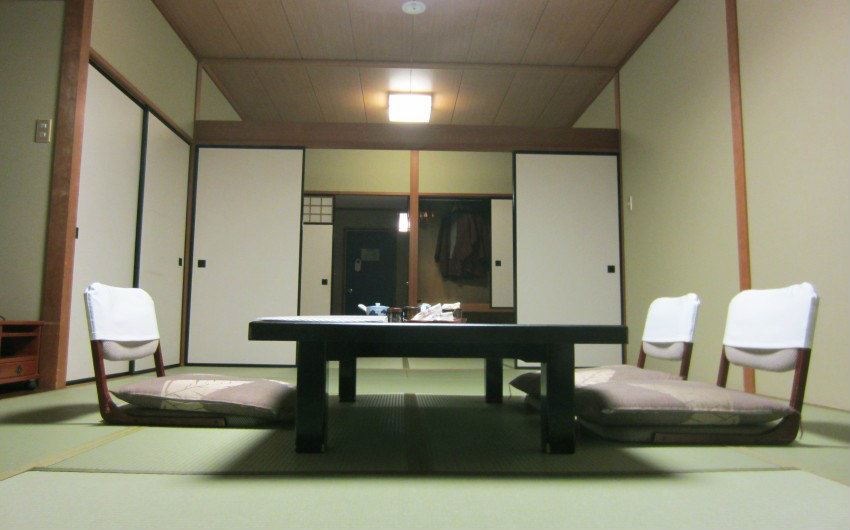
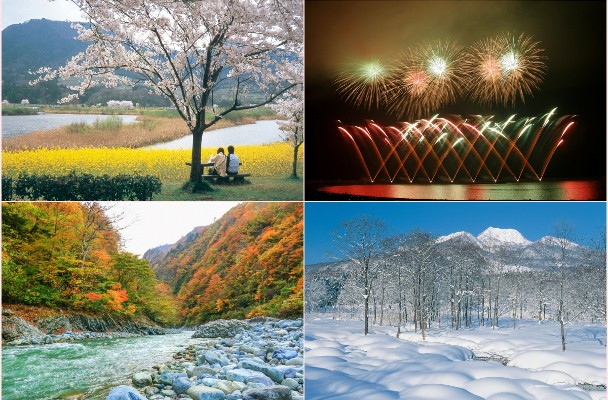
Comments